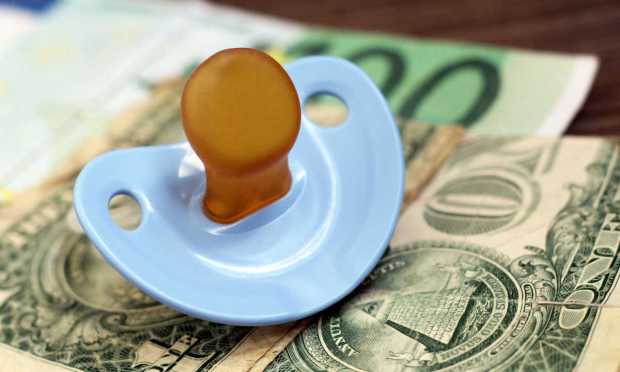BofA Report: Consumer Spending Spike Reflects Rising Childcare Costs

As parents head back to the labor market post-pandemic full-time or hybrid, childcare costs in August have soared to levels not seen before COVID gripped the U.S. in March 2020, causing a spike in overall consumer spending that was also buoyed by rising utility costs.
While overall U.S. consumer spending went up in August, people are feeling the effects of rising utility and childcare costs most of all, according to the new report from the Bank of America Institute released on Friday (Sept. 9).
Childcare payments in August were approximately 94% of pre-pandemic levels, as parents headed back to the workforce. The bank’s internal data also showed that the average utility payment increased by 16% year-over-year in August.
See also: New Survey Shows Consumers Less Optimistic Than Fed on Taming Inflation
The uptick in utility payments offset any relief consumers might have gotten from the reduction in gas prices at the pump, according to the report. With nationwide heatwaves in recent weeks coming into play, the increases in utility bills might not be reflected in current utility bill spikes, per the report. Average spending from those spikes will likely be reflected in September spending.
“Consumers are heading into the fall with solid spending and savings buffers,” David Tinsley, senior economist for the Bank of America Institute, said in a press release on the report. “While the drop in gasoline prices has boosted sentiment, consumers have been feeling some pressure from rising utility bills.”
Read more: NEW DATA: US Consumers Face Emergency Expenses 3.5x Larger Than Fed Estimates
“The dollar value of childcare payments per customer across payment channels (ACH, credit card, debit card, and online bill pay) was up 9.7% year over year in August. This increase is partially due to higher prices of about 3%, as indicated by the daycare and preschool component of the most recent CPI report, suggesting roughly a 7% increase in inflation-adjusted spend in this category,” according to the Bank of America Institute report.
